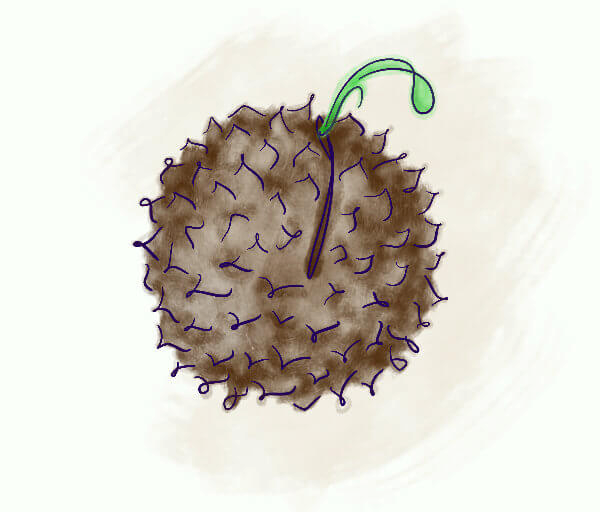Debugging Your Art
There's something refreshing and attractive about programming that's just not found in most other kinds of work. I type a few lines of code, hit save, and the compiler runs my program.
It either works Hello World! or it doesn't. Either way, the short feedback loops make the process of learning explicit. I always know where I'm at. Jamming away making progress or trying to fix an error.
Programming (as creative work) is a breath of fresh air compared to… just about everything else in life, where feedback loops are long, jagged, and uncertain.
Alongside programming, I've worked on and off as a designer throughout my career. For an interactive children's story I'm making, I started teaching myself illustration. It was a rough start.
When making art, there's no compiler. I draw a few lines. Is it working? I don't know. Maybe, a little? I found myself repeatedly stuck, going sideways, making changes without any obvious progress.
When I am both creator and judge, the problems stack up. I get stuck easily, not knowing what to think about my work. Or I get decision fatigue and don't realize that I'm stuck. I forget to test my progress and waste time down a dead-end path. My tastes and judgements change quickly. Personal fluctuations and confidence shifts make things look different from morning to night. Do I even trust my taste? Should I get outside opinions?
Art teachers will tell you to release your judgement and just create, create, create. And they are mostly right. To learn by doing is simple and axiomatic.
Perhaps too simple, as I found myself drawing the same things over and over again without any clear progress. Real-life limitations, like deadlines, warrant a more nuanced approach. The creative process involves a multitude of decisions. Some are not going to work, and you need to be prepared for that. As they say, error recovery is the heart of innovation.
I finally broke through when I took an explicit approach to debugging my illustrations. Here are the steps I now apply to any creative work I'm doing:
- Separate doing from judging -It's the first step to learning by doing, and it allows me to be intentional when I step back and judge my work. It may be 2 minutes of work, then 30 seconds of review, etc.
- Make judgements binary -It either works or it doesn't. Make decisions quickly. If something's working, I don't touch it. Though I will need re-test it every time its context changes.
- What if I don't know? -I guess. This is how I learn. I make a hypothesis about a thing working or not and move on. As new information comes in—from more lines drawn or possibly from research—I re-test the thing to validate my guess. I suppose the scientific method can be applied to art too?
- It's not working, now what? -Find out why. I use 2 different debugging methods, often together, to get to the bottom of an error. First, isolate what's not working into smaller and smaller parts, until you identify the bug. The second involves trial and error. I make small changes trying different things until the pattern repeats and it becomes clear that, for example, I'm drawing a character's head too big.
- How to fix it -Once you understand why a thing isn't working, it's usually easy to avoid making the same mistake. Try something different. Research new strategies.
Everyone makes errors. It's how we respond that matters. Some people get stuck and give up. Some people get stuck and never realize it, doing the same choreographed things over and over. We learn by doing and getting stuck and then figuring out our own way to break through.

Thanks for reading! I'm a product engineer, writing about how to be a human in a computer world. This site is my digital garden. Explore, enjoy. My mailbox is always open.